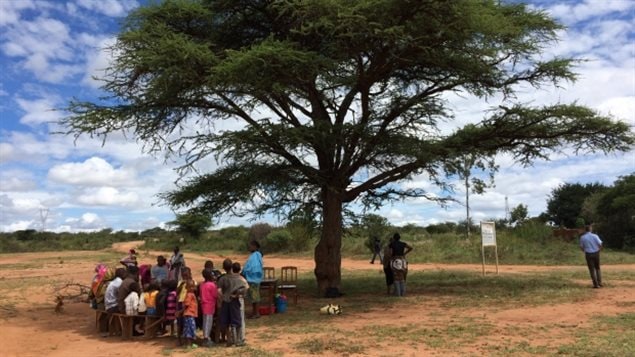Canada is spending $2.85 billion that it pledged in the 2010 Muskoka Initiative to reduce maternal deaths and improve children’s health. The pledge was made when Canada hosted the G7 and G20 meetings and the prime minister decided on these two of the UN’s Millennium Development Goals.
Canadian reporter Laura Payton won a fellowship and decided to use it to see how the funding was working in Tanzania and in Haiti.
“I was actually surprised as I was travelling that this is a well-known initiative. The name (Muskoka Initiative) is well-known throughout (Tanzania),” she says.
ListenTeaching when to seek medical care
Payton observed local community workers trained to encourage expectant mothers to get medical check-ups, especially in cases of a first or a high-risk pregnancy. Breastfeeding was encouraged. “It’s a bit about building up a culture of sending people to medical care in rural and remote areas where it’s difficult to get there or they might not otherwise think that it’s a good idea to see a doctor,” says Payton.
In Haiti, the focus was on infrastructure. Canada spent $30 million to rebuild a damaged hospital in Gonaives.
Programs seen as too short
Beneficiaries were enthusiastic about the help from Canada and other countries, but there was concern that so little was allocated to family planning and that the programs were relatively short.
“Fascinating,” was how Payton described her travels, adding it raised several questions, such as what happens when funding ends, what happens when trained community workers move on, and what happens to the structures that were built—will they be maintained, how long will they last and will they continue to be used. She says she would like to return in a few years to discover some answers to these questions.







For reasons beyond our control, and for an undetermined period of time, our comment section is now closed. However, our social networks remain open to your contributions.